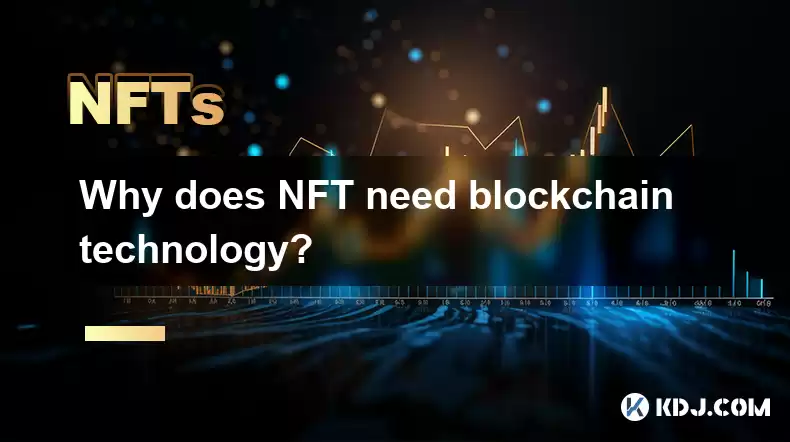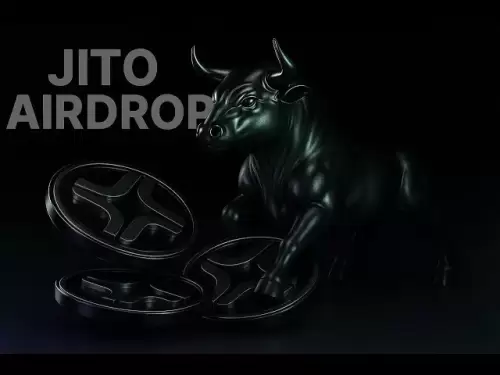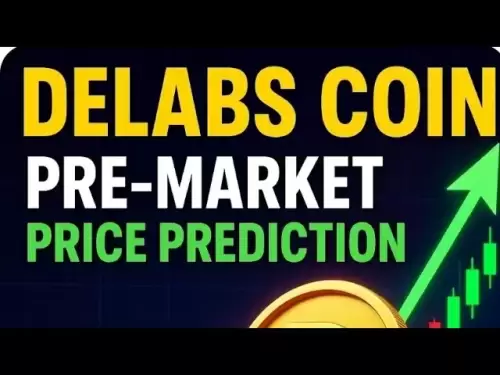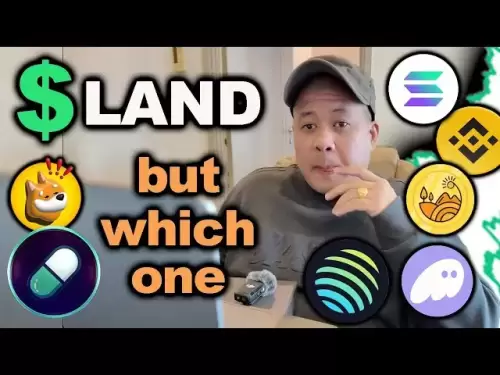-
 Bitcoin
Bitcoin $118600
0.36% -
 Ethereum
Ethereum $3855
1.06% -
 XRP
XRP $3.195
-0.09% -
 Tether USDt
Tether USDt $1.000
-0.04% -
 BNB
BNB $844.5
6.23% -
 Solana
Solana $191.3
2.83% -
 USDC
USDC $0.9997
-0.01% -
 Dogecoin
Dogecoin $0.2376
0.10% -
 TRON
TRON $0.3242
0.83% -
 Cardano
Cardano $0.8222
0.13% -
 Hyperliquid
Hyperliquid $45.26
6.53% -
 Sui
Sui $4.200
-2.56% -
 Stellar
Stellar $0.4336
-1.24% -
 Chainlink
Chainlink $18.86
0.28% -
 Hedera
Hedera $0.2796
-1.75% -
 Bitcoin Cash
Bitcoin Cash $583.3
-1.84% -
 Avalanche
Avalanche $27.06
8.09% -
 Litecoin
Litecoin $112.3
-1.16% -
 Toncoin
Toncoin $3.353
0.58% -
 UNUS SED LEO
UNUS SED LEO $8.968
-0.11% -
 Shiba Inu
Shiba Inu $0.00001395
-0.54% -
 Ethena USDe
Ethena USDe $1.001
-0.03% -
 Uniswap
Uniswap $10.76
0.69% -
 Polkadot
Polkadot $4.175
0.26% -
 Monero
Monero $326.7
1.07% -
 Bitget Token
Bitget Token $4.665
1.61% -
 Dai
Dai $0.9998
-0.02% -
 Pepe
Pepe $0.00001271
0.32% -
 Cronos
Cronos $0.1416
2.01% -
 Aave
Aave $299.3
1.15%
Why does NFT need blockchain technology?
NFTs rely on blockchain for uniqueness, ownership verification, and security, enabling digital art, gaming assets, and more to be authenticated and traded globally.
Apr 28, 2025 at 03:09 am

NFTs, or Non-Fungible Tokens, have taken the cryptocurrency world by storm, offering a new way to represent ownership and authenticity of digital assets. At the heart of this revolutionary technology lies blockchain, the decentralized ledger system that powers cryptocurrencies like Bitcoin and Ethereum. But why does NFT need blockchain technology? Let's delve into the intricacies of this relationship and understand the essential role blockchain plays in the world of NFTs.
Uniqueness and Provenance
One of the primary reasons NFTs require blockchain technology is to establish and verify the uniqueness and provenance of digital assets. Each NFT is a unique digital token, and blockchain provides an immutable record that ensures no two NFTs are exactly the same. This uniqueness is crucial for digital art, collectibles, and other assets where authenticity and originality are paramount.
- Verification of Ownership: Blockchain technology allows for clear and indisputable proof of ownership. When an NFT is created, it is minted on the blockchain, and its ownership is recorded in a transparent and tamper-proof manner. This means that anyone can verify who owns a particular NFT at any given time.
- Provenance Tracking: The blockchain records the entire history of an NFT, from its creation to every subsequent transaction. This creates a verifiable trail of provenance, which is essential for establishing the authenticity and value of an asset.
Security and Trust
The decentralized nature of blockchain technology plays a critical role in ensuring the security and trust in NFTs. Blockchain's distributed ledger system ensures that no single entity has control over the data, making it highly resistant to fraud and manipulation. This is particularly important in the world of digital assets, where trust is a significant concern.
- Immutable Records: Once data is recorded on the blockchain, it cannot be altered or deleted. This immutability ensures that the history and ownership of an NFT remain intact and trustworthy.
- Decentralized Verification: The decentralized nature of blockchain means that multiple nodes on the network verify transactions. This consensus mechanism adds an additional layer of security and trust, as it is extremely difficult for malicious actors to compromise the system.
Interoperability and Accessibility
Blockchain technology enables NFTs to be interoperable and accessible across different platforms and ecosystems. This means that an NFT created on one blockchain can be easily transferred and traded on another, provided they support the same standards. This interoperability is crucial for the widespread adoption and utility of NFTs.
- Cross-Platform Compatibility: Many NFTs are created on the Ethereum blockchain, but other blockchains like Binance Smart Chain and Flow also support NFTs. Blockchain technology allows for seamless interaction between these platforms, enhancing the overall ecosystem.
- Global Accessibility: Since blockchain is a global network, NFTs can be accessed and traded by anyone with an internet connection. This global accessibility is a significant advantage over traditional art and collectibles markets, which are often limited by geographic boundaries.
Smart Contracts and Automation
Smart contracts, a feature of many blockchains, are essential for the functionality of NFTs. Smart contracts are self-executing contracts with the terms directly written into code, which automate various aspects of NFT creation, ownership, and trading. This automation enhances efficiency and reduces the need for intermediaries.
- Automated Royalties: Many NFTs include provisions for royalties to be automatically paid to the original creator whenever the NFT is resold. This is facilitated by smart contracts, which can execute these payments without the need for manual intervention.
- Programmable Functionality: Smart contracts allow for the creation of NFTs with complex and customizable features. For example, an NFT could be programmed to unlock additional content or features based on certain conditions being met.
Token Standards and Ecosystem Development
The development of token standards on blockchains has been crucial for the growth and standardization of NFTs. Standards like ERC-721 and ERC-1155 on the Ethereum blockchain provide a framework for creating and interacting with NFTs. These standards ensure that NFTs can be easily recognized and used across different applications and platforms.
- ERC-721 Standard: This standard, introduced on the Ethereum blockchain, defines a set of rules for non-fungible tokens. It ensures that each token is unique and can be transferred between accounts.
- ERC-1155 Standard: This more recent standard allows for the creation of both fungible and non-fungible tokens within the same contract, offering greater flexibility and efficiency.
Use Cases and Practical Applications
The integration of NFTs with blockchain technology has led to a wide range of practical applications and use cases. From digital art and music to virtual real estate and gaming assets, NFTs are revolutionizing how we think about and interact with digital assets.
- Digital Art: Artists can tokenize their work as NFTs, ensuring that they retain control over their creations and can benefit from royalties. Platforms like OpenSea and Rarible have become popular marketplaces for buying and selling NFT art.
- Gaming Assets: In the gaming industry, NFTs are used to represent in-game items and characters, allowing players to truly own and trade their digital assets. Games like Axie Infinity have popularized this use case.
- Virtual Real Estate: Platforms like Decentraland and The Sandbox use NFTs to represent virtual land and properties, creating a new market for digital real estate.
Frequently Asked Questions
Q1: Can NFTs exist without blockchain technology?
No, NFTs cannot exist without blockchain technology. The unique features and functionalities of NFTs, such as immutability, provenance tracking, and decentralized ownership, are all dependent on the underlying blockchain infrastructure.
Q2: Are all NFTs created on the Ethereum blockchain?
No, while many NFTs are created on the Ethereum blockchain, other blockchains like Binance Smart Chain, Flow, and Tezos also support NFTs. The choice of blockchain depends on factors such as transaction fees, speed, and the specific features required for the NFT.
Q3: How do NFTs ensure the authenticity of digital assets?
NFTs ensure the authenticity of digital assets through the use of blockchain technology. Each NFT is minted on the blockchain with a unique identifier, and its entire history of ownership and transactions is recorded in a transparent and immutable manner. This provides a verifiable record of authenticity and provenance.
Q4: Can NFTs be used for physical assets?
Yes, NFTs can be used to represent ownership of physical assets. For example, an NFT could be linked to a physical piece of art or a collectible, providing a digital certificate of ownership and authenticity. However, the actual transfer of the physical asset would still need to be handled outside of the blockchain.
Disclaimer:info@kdj.com
The information provided is not trading advice. kdj.com does not assume any responsibility for any investments made based on the information provided in this article. Cryptocurrencies are highly volatile and it is highly recommended that you invest with caution after thorough research!
If you believe that the content used on this website infringes your copyright, please contact us immediately (info@kdj.com) and we will delete it promptly.
- Crypto Investments, Dogecoin Substitutes, and Wealthy Returns: Navigating the Meme Coin Mania and Beyond
- 2025-07-29 00:30:13
- Week Review: July 21 - July 27 - Crypto, AI, and Trade Deals, Oh My!
- 2025-07-29 00:30:13
- Bitcoin, Gold, and Debt Hedges: A New Yorker's Take
- 2025-07-29 00:50:12
- Bitcoin, Japan, Metaplanet: A New Era of Corporate Crypto Adoption?
- 2025-07-29 00:50:12
- Bitcoin Bonanza in Japan: Metaplanet Leads the Charge
- 2025-07-29 00:55:23
- Bitcoin, Merger, and ProCap Financial: A New Era for Crypto in Traditional Finance
- 2025-07-29 00:55:23
Related knowledge

Is it possible to get a refund on an NFT?
Jul 21,2025 at 08:35pm
Understanding NFT Transactions and RefundsWhen you purchase an NFT (Non-Fungible Token), the transaction is typically recorded on a blockchain, making...

What happens to NFTs when the owner dies?
Jul 22,2025 at 02:43pm
Legal Ownership and Digital AssetsWhen an individual owns NFTs, the question of what happens to these assets upon their death is a pressing one. NFTs ...

What are the tax implications of gifting an NFT?
Jul 19,2025 at 04:21am
Understanding the Basics of NFT GiftingGifting a Non-Fungible Token (NFT) involves transferring ownership from one individual to another without recei...

Can you trade NFTs on your phone?
Jul 18,2025 at 04:29am
Trading NFTs on Mobile DevicesYes, you can trade NFTs on your phone, and the process has become increasingly streamlined thanks to a variety of mobile...

How to find out about upcoming NFT mints?
Jul 18,2025 at 11:50am
Exploring NFT Minting OpportunitiesUnderstanding the landscape of upcoming NFT mints is crucial for collectors, investors, and creators who wish to st...

What is an allowlist or whitelist for an NFT mint?
Jul 20,2025 at 07:14pm
Understanding the Concept of an Allowlist for NFT MintingAn allowlist, also commonly referred to as a whitelist, is a mechanism used in the NFT mintin...

Is it possible to get a refund on an NFT?
Jul 21,2025 at 08:35pm
Understanding NFT Transactions and RefundsWhen you purchase an NFT (Non-Fungible Token), the transaction is typically recorded on a blockchain, making...

What happens to NFTs when the owner dies?
Jul 22,2025 at 02:43pm
Legal Ownership and Digital AssetsWhen an individual owns NFTs, the question of what happens to these assets upon their death is a pressing one. NFTs ...

What are the tax implications of gifting an NFT?
Jul 19,2025 at 04:21am
Understanding the Basics of NFT GiftingGifting a Non-Fungible Token (NFT) involves transferring ownership from one individual to another without recei...

Can you trade NFTs on your phone?
Jul 18,2025 at 04:29am
Trading NFTs on Mobile DevicesYes, you can trade NFTs on your phone, and the process has become increasingly streamlined thanks to a variety of mobile...

How to find out about upcoming NFT mints?
Jul 18,2025 at 11:50am
Exploring NFT Minting OpportunitiesUnderstanding the landscape of upcoming NFT mints is crucial for collectors, investors, and creators who wish to st...

What is an allowlist or whitelist for an NFT mint?
Jul 20,2025 at 07:14pm
Understanding the Concept of an Allowlist for NFT MintingAn allowlist, also commonly referred to as a whitelist, is a mechanism used in the NFT mintin...
See all articles

























































































